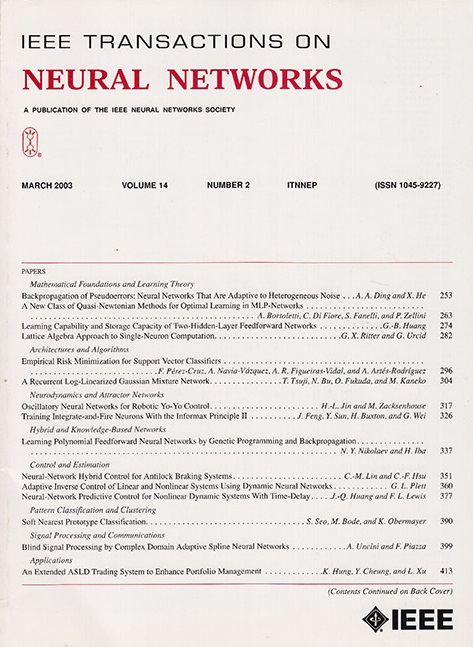PolicyMamba: Localized Policy Attention With State Space Model for Land Cover Classification.
IF 8.9
1区 计算机科学
Q1 COMPUTER SCIENCE, ARTIFICIAL INTELLIGENCE
IEEE transactions on neural networks and learning systems
Pub Date : 2025-07-22
DOI:10.1109/tnnls.2025.3586836
引用次数: 0
Abstract
Multihead self-attention and cross-attention mechanisms often suffer from computational inefficiencies, limited scalability, and suboptimal contextual understanding, particularly in hyperspectral image (HSI) classification. These mechanisms struggle to effectively capture long-range dependencies while maintaining computational feasibility due to the quadratic complexity of self-attention. To address these challenges, this work proposes PolicyMamba, a spectral-spatial mamba model enhanced with a localized policy attention mechanism. This mechanism reduces computational overhead by restricting attention to nonoverlapping localized regions and enforcing sparsity constraints, ensuring that only the most informative interactions are retained. A hierarchical aggregation strategy further integrates patch-wise attention outputs, preserving spectral-spatial correlations across scales. In addition, a sliding window patch process enhances local feature continuity while mitigating information loss. The PolicyMamba framework integrates spectral-spatial token generation, token enhancement, localized attention, and state transition modules, significantly improving HSI feature representation. Extensive experiments demonstrate that PolicyMamba achieves superior classification accuracy, outperforming conventional and state-of-the-art methods in land cover classification (LCC) by efficiently modeling intricate dependencies in HSI data.PolicyMamba:基于状态空间模型的土地覆盖分类本土化政策关注。
多头自注意和交叉注意机制经常受到计算效率低下、可扩展性有限和上下文理解不理想的影响,特别是在高光谱图像(HSI)分类中。由于自我关注的二次复杂性,这些机制难以有效地捕获远程依赖关系,同时保持计算可行性。为了应对这些挑战,本研究提出了PolicyMamba,一个增强了局部政策注意机制的光谱-空间曼巴模型。这种机制通过限制对非重叠局部区域的关注和强制稀疏性约束来减少计算开销,确保只保留最具信息量的交互。分层聚合策略进一步集成了逐块的注意力输出,保持了跨尺度的光谱空间相关性。此外,滑动窗口补丁过程增强了局部特征的连续性,同时减少了信息丢失。PolicyMamba框架集成了频谱空间令牌生成、令牌增强、局部关注和状态转换模块,显著改善了HSI特征表示。大量的实验表明,PolicyMamba通过有效地模拟HSI数据中复杂的依赖关系,在土地覆盖分类(LCC)中取得了卓越的分类精度,优于传统和最先进的方法。
本文章由计算机程序翻译,如有差异,请以英文原文为准。
求助全文
约1分钟内获得全文
求助全文
来源期刊

IEEE transactions on neural networks and learning systems
COMPUTER SCIENCE, ARTIFICIAL INTELLIGENCE-COMPUTER SCIENCE, HARDWARE & ARCHITECTURE
CiteScore
23.80
自引率
9.60%
发文量
2102
审稿时长
3-8 weeks
期刊介绍:
The focus of IEEE Transactions on Neural Networks and Learning Systems is to present scholarly articles discussing the theory, design, and applications of neural networks as well as other learning systems. The journal primarily highlights technical and scientific research in this domain.
 求助内容:
求助内容: 应助结果提醒方式:
应助结果提醒方式:


